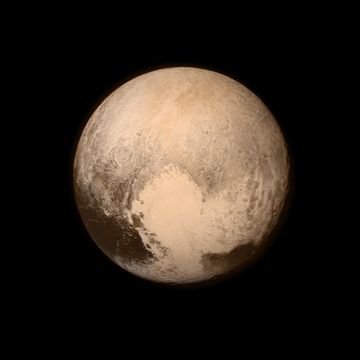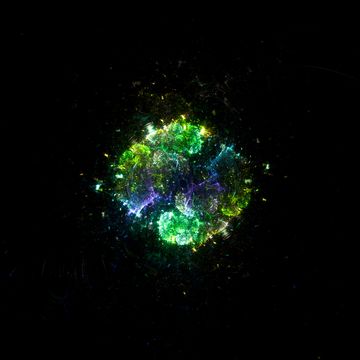Twenty quadrillion bytes. Twenty million gigabytes. Twenty petabytes. That's how much data the Large Hadron Collider produces per year.
This Fermilab demonstration tries to contextualize just how much information that is. So it starts with a 2-by-2-foot tile on the surface of the Earth that represents a single bite. At that scale, a terabyte is the size of Thailand. To get one petabyte, you would need to coat the entire planet in these data tiles. You'd need 20 Earth surfaces to accommodate the LHC's yearly data haul.
To handle all this data, CERN's facilities in Hungary can store 150 petabytes of information. Inside those absolutely massive data stacks are an absurd amount of information that could be the key to explaining our universe. And that's just the storage. Processing takes place on a sort of cloud computing model, which requires to 100,000 computers all across the world.













